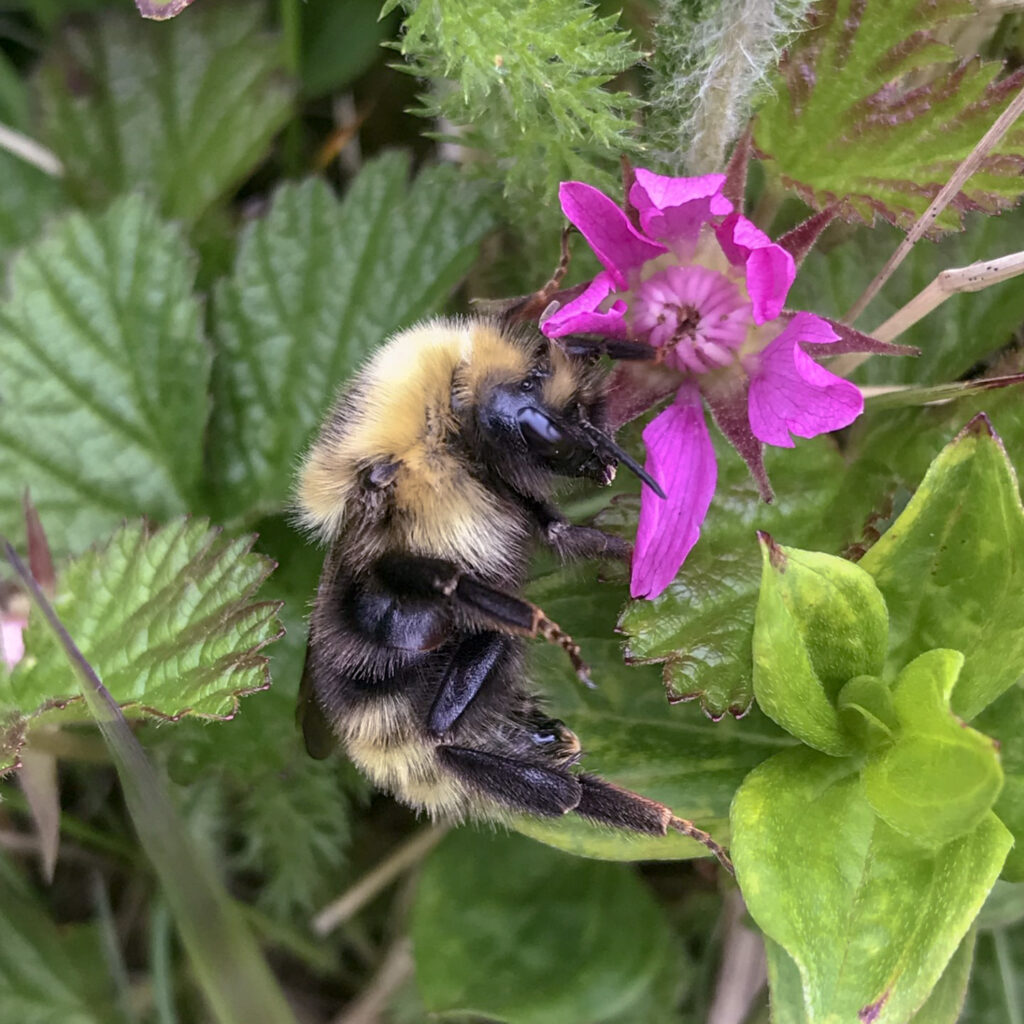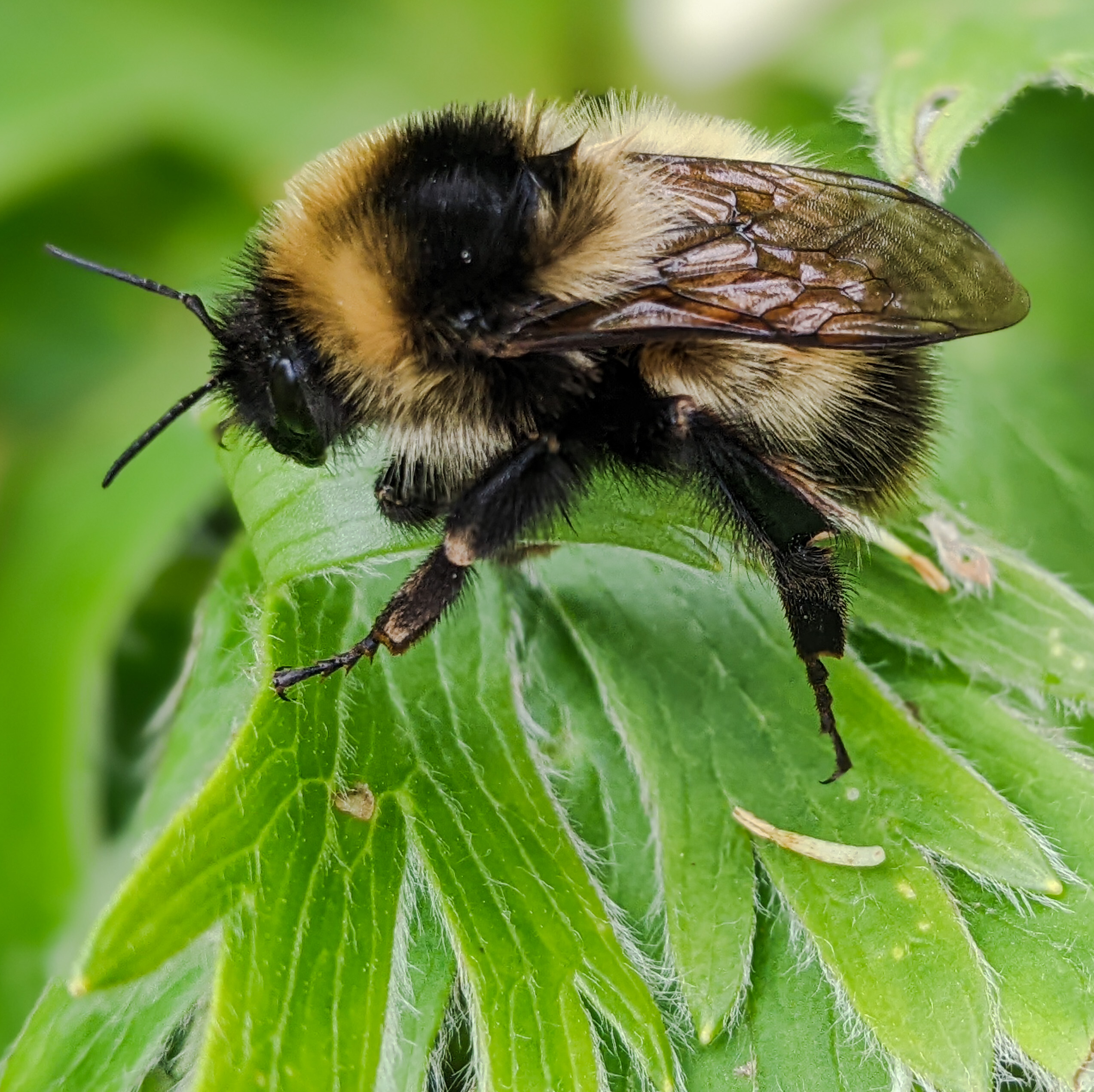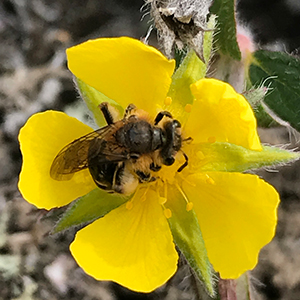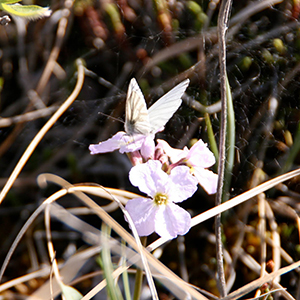The status and trends of pollinating insects is an increasing ecological and economic concern nationally and globally. Many species in Alaska may be vulnerable to changing climates, alteration of plant communities and habitats, and disease. The Alaska Center for Conservation Science (ACCS) is the state authority on the conservation listing of plants and animals in Alaska. The tracked lists undergo continuous revision based on new information gained through inventory, research, and monitoring. The Alaska Bee Atlas project has significantly increased the amount of data, therefore increasing the accuracy of the assessments. Continuous assessment of imperiled species allows for preventative measures or elevations to endangered or threatened legal status.
Conservation Ranking Methods
The conservation ranks are instrumental for natural resource management, prioritizing restoration or conservation efforts, and identifying species requiring further research or protection. The ACCS is responsible for assigning a state conservation rank while NatureServe assigns ranks at the global scale. The ACCS generates the Alaska conservation ranks using NatureServe’s conservation ranking protocol. This standardized methodology incorporates distribution, abundance, condition, threats, and trend data to calculate a conservation rank. Species receive a ranking on a scale of 1 to 5, with lower numbers indicating a higher degree of imperilment. A complete set of definitions are available on the NatureServe Conservation Status website.


Explore Conservation Assessments
The lists below are complete checklists of butterflies and bumblebees in Alaska, however the solitary bee list is near complete. Conservation assessment reports are completed for many species, but is an ongoing project. Check back each spring for updated conservation ranks and reports. The list was last updated March 1, 2024.




